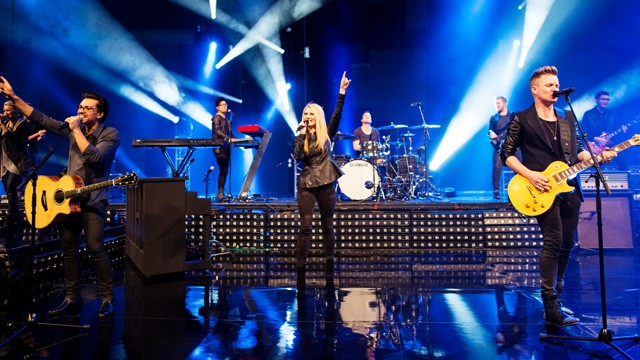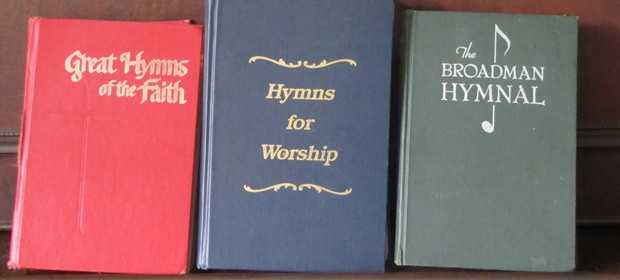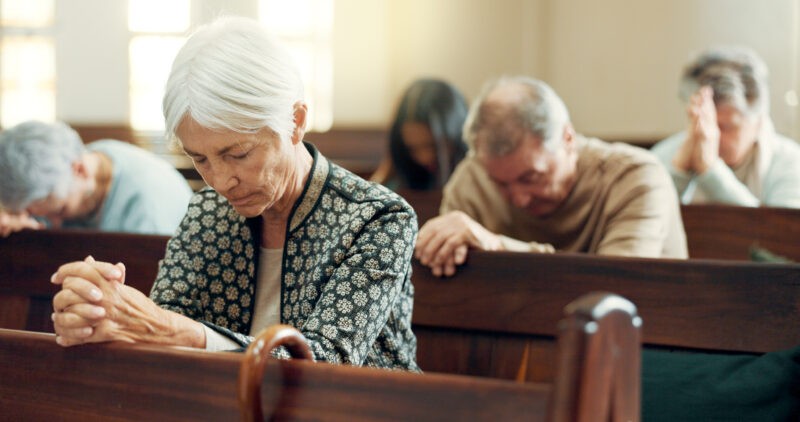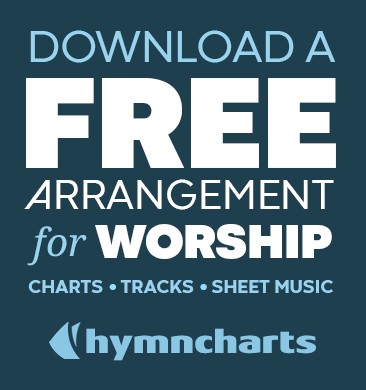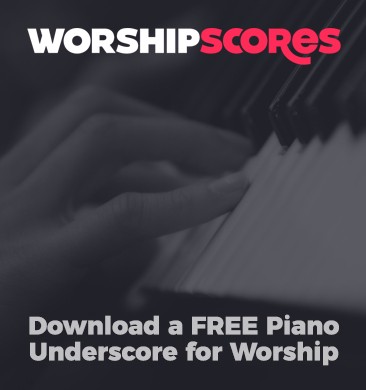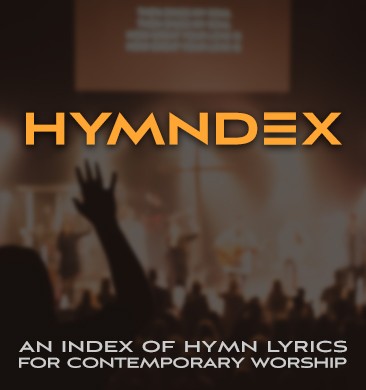Today I’m seeing two main types of praise bands in churches: blended bands and guitar driven bands.
When I first started as a music director of a church plant over ten years ago, I thought we had arrived when I could manage a steady bass player and drummer every week. To have a true band you need at least 3 elements: bass, drums and a mid-range rhythmic instrument like a guitar or keyboard.
As your church grows so grows your band, and your style will dictate the direction your band grows. Or more likely, the direction your band grows will dictate your style (if you don’t have a killer electric guitar player it’ll be hard to pull off anything by Hillsong United.)
Blended churches will grow a blended band. This is where the majority of churches are stylistically today. My 2012 poll indicated 2/3rds of churches do NOT include electric guitars in their music (take the 2015 poll below to see if percentages have changed.) The “blended worship band” usually consists of piano, synthesizer, acoustic guitar, bass and drums. A stray flute, sax or other instrument may sometimes be included as well as congas and other hand percussion. Even if this band includes an electric guitar, it really won’t sound guitar-driven – the guitarist basically just adds color and texture, and uses reverbs and delays instead of a harder, distorted sound.
1/3 of churches have a guitar driven band. This band performs mostly guitar driven songs and consists of two or more electrics, bass, drums and keyboard. The keyboardist provides mainly synth pads (strings, etc.) to glue the sound together as well as B3 organ licks and gurgling synth textures. A piano patch may be dialed up or an acoustic guitar brought out for the occasional ballad. Guitars are driving and distorted. This church typically has a male worship leader and perhaps a single female alto singing backup.
The blended band and the guitar driven band may perform the same songs, but they’ll sound different. Which type of band is developing at your church? Take the poll below.

